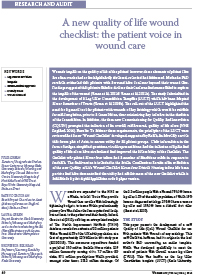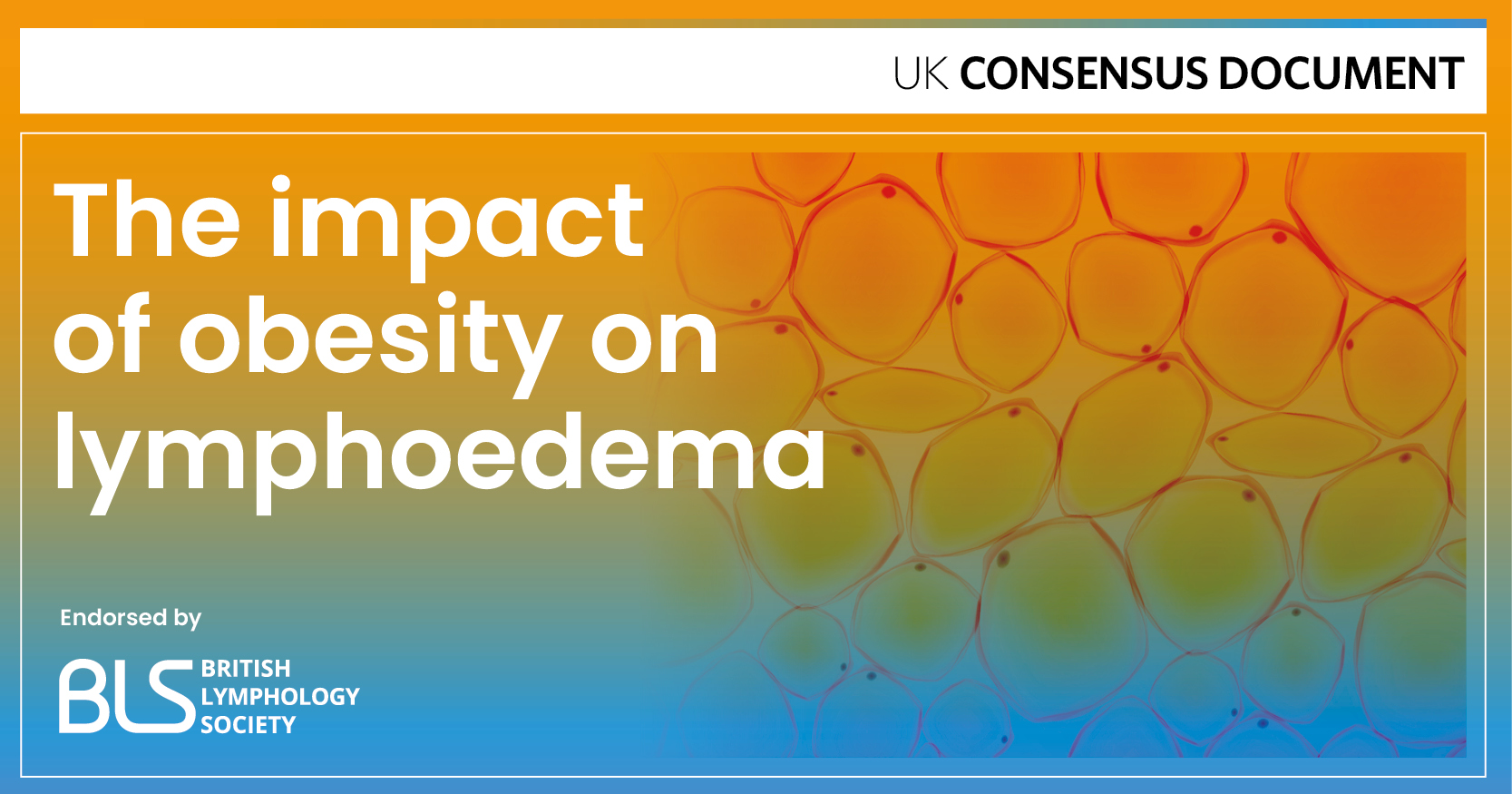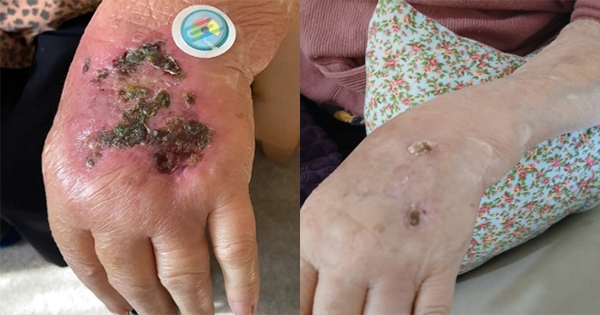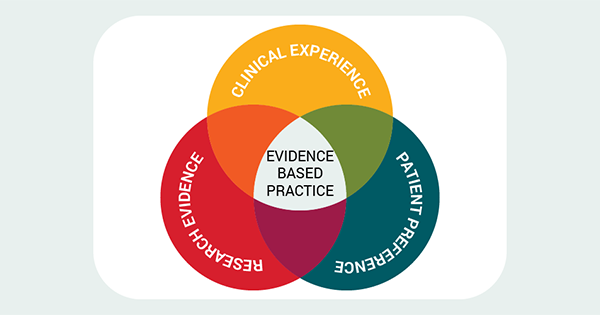Wounds are expensive; to the NHS as a whole, to local Trusts who provide wound care services with increasingly tightening budgets, to teams within predominantly primary care who deliver the care required and, lastly, but not least, to the patient and their family. Indeed, Guest et al (2015), utilising an extrapolated analysis of The Health Improvement Network (THIN) database, revealed an estimate of 2.2 million patients with a wound, 4.5% of the UK adult population, at a cost of approximately £5.3 billion in this study year (2012/2013). This enormous expenditure funded a projected 18.6 million Practice Nurse visits, 10.9 million community nursing visits, 7.7 million GP visits, 97.1 million prescriptions which provided, amongst other items, 252.2 million dressings. Of the 2.2 million people with a wound, 730,000 have a leg ulcer, 1.5% of the adult population, of which 19% have no diagnosed aetiology, 278,000 have a venous leg ulcer and 169,000 have a diabetic foot ulcer (Guest et al, 2015).





